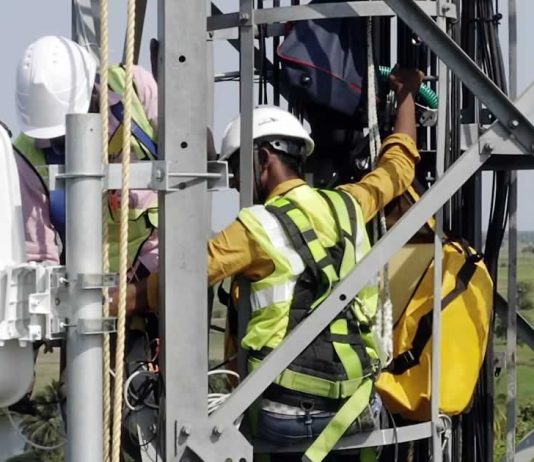Last January, Google parent company, Alphabet, closed one of the most ambitious connection projects, Project Loon, with which they sought to provide internet through balloons located at high altitude. However, the Free Space Optical Communications (FSOC) technology with which the balloons communicated has remained in development.
This technology works as a kind of fiber optic without cables and is the cornerstone of Project Taara, the initiative of the mysterious Alphabet Laboratory X — who have taken advantage of this system to develop an antenna that uses beams of light to transmit information at super high speeds through the air, like a very narrow invisible beam.
The company carried out the first tests of this antenna in India and the Republic of Congo, and the results are now known. Some data that is quite promising regarding the future of this technology, since during these demonstrations it was possible to send more than 700 TB of data at a distance of approximately 5 kilometers.
In the same way that traditional fiber uses light to deliver data over cables in the ground, Taara’s optimal communication links employ very narrow invisible light beams to transmit data at high speed between two points.
This antenna, with a clear line of sight, can transmit data at high speeds of up to 20 Gbps, according to the company. They also ensure that a single link can cover distances of up to 20 kilometers and can be used to extend fiber networks.
The various Project Taara nodes are positioned high up so that they have a direct line of sight to each other to create a link where the light beam can transmit the data smoothly.
In addition, they are also designed to be placed in areas of difficult connection, such as sites located around forests or railways. One of the main characteristics of these nodes is that they have the ability to automatically adjust their mirrors to connect “a beam of light the width of a toothpick with enough precision to hit a 5-centimeter target that is 10 kilometers away.”
The main advantages of this technology are that since there is no cable, no time or money is wasted, and there are no problems involved in digging trenches or laying cables along the poles. FSOC boxes can simply be placed miles apart on roofs or towers, and the signal, transmitting directly between them, can easily traverse obstacles such as rivers, roads and railways.
During Project Taara’s 20-day pilot test in India and Africa with a sender and receiver, it was shown that the antenna works remarkably and is a cost-effective and fast way to bring high-speed connectivity to remote areas.


